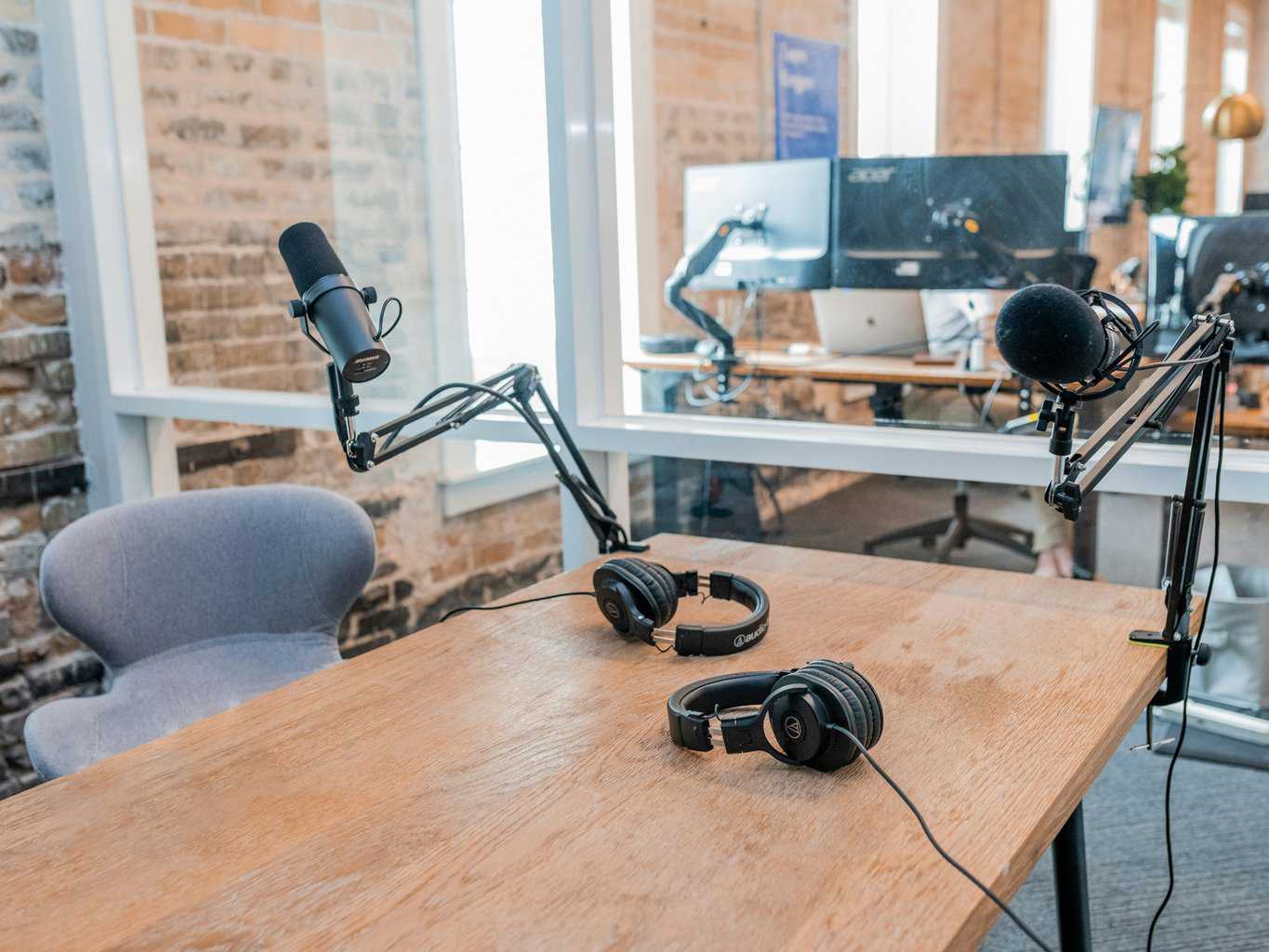
08 Apr 5 Tips for Creating the Perfect Podcast Experience: The Role of UX Design
People love to listen to stories, and so do your podcast listeners. But storytelling doesn’t just mean a strong script or an extraordinary orator—it entails much more than that. You need a solid user experience (UX) design to tell the best stories.
For every dollar you invest in UX, you get $100 back, which is a 9,900% return on investment—you cannot afford to overlook the UX design the next time you decide to record a podcast.
While storytelling connects your listeners, the ability to change their behavior with just your words is what makes your podcast a hit. But to create such an effect, the structure, player design, show notes, titles, descriptions, and audio quality must be spot on.
Read on to explore how different elements (apart from storytelling) combine together to deliver a perfect UX design that helps you deliver a superior user experience for your podcast.
Table of Contents
UX design: The unsung hero of podcast
UX design simplifies the flow of your information. It provides a different experience by combining your content, design, and technology, making your listeners feel it’s produced just for them. Yet, many podcasters often overlook UX design because it is synonymous with websites and mobile design. If you want your listeners to become your brand advocates and create a buzz about your podcast, focus on these UX design tips:
1. Structure your episode
From Shakespeare’s plays to Harry Potter movies, structure is present in every type of content, blog, movie, video, or book. So, why leave podcasts behind?
But knowing how to structure your episode is challenging for a first-timer. That’s where the top UX research firms in the US come in. These research firms gather insights about your potential and current listeners.
User experience research firms analyze your audience, their listening habits, and the type of content they are likely to engage with. Based on the research, you decide your podcast’s optimal length and format.
Often, these firms give you information on topics your users love to hear about.
2. Plan your episode length
Here’s the bottom line—if your episode consists of 30 minutes of solid and meaningful content that conveys the information you want, then 30 minutes is the perfect length.
Why do you want to cut it to 20 minutes or stretch it for an hour? That’s creating artificial roadblocks. Such strategies often backfire because listeners can easily distinguish between high-quality and filler content.
As podcasts are on-demand content, take time to create great content, but after you’ve nailed it, don’t unnecessarily exaggerate it. But should all your podcasts be of the same length?
Did you know most customers prefer predictability? If you produce content in only one format, strive to keep all your episodes of the same length and deliver podcasts of the same duration. You’ll benefit from consistency because loyal customers often expect your podcast to be within a certain time range.
There’s no harm in deviating from the lengths if the content dictates. But lack of consistency is frustrating and stagnates growth. Such podcasts give the impression of poor planning and disorganization—something you’ll love to avoid.
So, plan, plan, and plan before producing your next podcast.
3. Add transcripts
Your customers are listening to your podcast. When customers listen, they crave interaction with your content. Providing a means of interaction during a podcast is challenging as it’s a one-way communication. That’s where podcast transcripts help you.
Customers often consume content fast and want to get to the main point, but podcasts may take time. Transcripts help your customers to pull out the main content and reach a conclusion. So, next time you create a podcast, use a podcast transcript generator.
Using artificial intelligence (AI), these tools convert your audio into text.
Apart from this, transcripts help you provide value to those who are hard of hearing or are in locations where they listen with sound turned off (like buses, offices, or coffee shops).
Including transcripts enhances your UX as it broadens the reach of your podcast content, connecting you with every type of user.
What’s more interesting is that while podcasts are a great marketing tool, search engines like Google cannot crawl your audio. They need a transcript to understand what your podcast is about and rank it based on its relevance. Here are some other benefits of adding transcripts apart from improving the user experience:
- Helps your podcast rank on search engines
- Increases your website traffic
- Opens up link-building opportunities
- Reduces your bounce rates
Ensures you remain compliant with laws like the Americans with Disabilities Act Standards (ADA).
4. Improve your audio quality
Audio quality is another factor that affects your podcast’s success. It’s directly related to how your listeners perceive your podcast. Higher audio quality ensures a higher engagement rate and determines whether they return for more.
Some of the top-ranked podcasts have superior audio quality. And, often the audio quality helps you build trust among your listeners and improves your user experience.
Imagine yourself listening to a podcast full of background noises. Are you going to listen to such an audio? Can you concentrate on what the podcaster is saying?
You’re unlikely to return to such a podcast, regardless of the excellent content it shares. So, why would your customers listen to such a podcast?
Clear, well-balanced audio helps your listener focus on the content without being distracted by the background and other static noises.
Here’s how you can improve your audio quality:
- Invest in good equipment
- Practice good mic techniques
- Record in a silent room
- Edit your audio
- Test and monitor your audio quality
5. Focus on your player design
Even the design of your podcast player impacts your user experience. So, before choosing any player design, know about the key design aspects. For instance, ensure your player design offers an intuitive navigation.
Because of the design layout, your listeners may be unable to differentiate between played and non-played episodes, causing confusion that eventually results in a poor experience.
So, choose a design that gives your listeners an idea of new and previously listened-to episodes, making it easier for them to listen to the content of their choice.
Many podcasters prefer Apple podcasts. Why?
Apple podcasts are known for their compelling artwork, helping you increase your brand’s identity. The new episode artwork feature increases your podcast’s impact.
Apart from the player design, create consistent visual signatures like logos and colors. Branding consistency differentiates your podcasts from others.
Also, look for a podcast offering different formats, such as solo narrations, question-and-answer sessions, expert advice, and panel discussions. For some of these podcasts, you require functionalities like chapter markers within the podcast and enhanced control, increasing and decreasing speed and volume.
Customizing the player design based on your requirements enhances user experience and increases customer satisfaction.
UX design will make things easier
Whatever you do, give importance to the UX design of your podcast. It makes producing podcasts a lot easier as you know you’re delivering what your audience craves for. In fact, a good user experience enhances your listeners’s experience and makes them enjoy every episode.
From structuring your podcast to adding a transcript, the tips listed above help you produce podcasts that turn casual listeners into avid fans.
So, what UX design strategies are you using to perfect your podcast experience?





No Comments